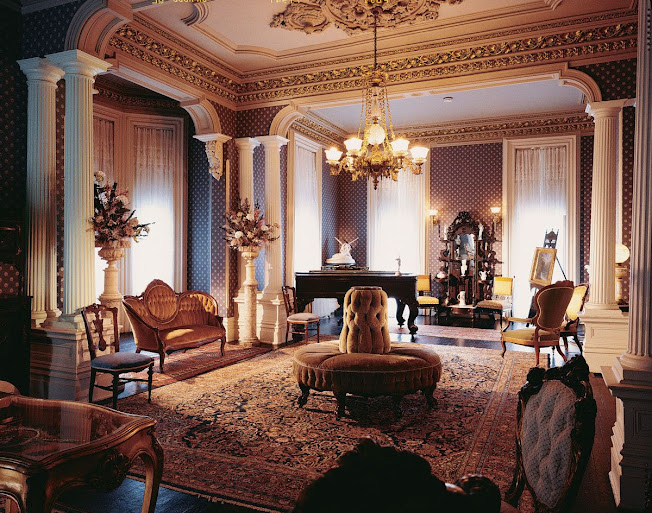Victorian Design Ideas Are Trending Day by Day - Why?
For a long time, Victorian architecture was held in low
regard. The entire modern period, in reality. However, it has seen a revival in
the realm of art and design since the beginning of the century, providing a
sleek contrast to the smooth, often antiseptic-feeling outlines of Scandinavian
aesthetic and mid-century design. Buy Victorian tiles as they are going to be
the new trend some.
We are enamored with this modern paradigm of Victorian-chic,
and we've gathered a few of our favorite parts for reference, notably color
swatch and promotion strategies. However, we began to wonder if the historical
context of Victorian architecture had been buried during its generation of
disrepute. Let's go over the basics again.
Victorian Unique Design
Let us start with the basics: Victorian design focuses on
the design trends that emerged in the United Kingdom during Victorian Times
(1837–1901). The idea that architecture from 1901 to 1914 (the English
renaissance) is sometimes thrown in there adds to the confusion. It's made even
more difficult by the reality that there was no standard, accepted classic
design during Victoria's reign.
On the other, some of the most serious exchanges in the
world of design occurred during this time. Typically, the tale can be conveyed
mostly through the evolution of parquet floors. These thinkers and designers
favored a more conceptual, simple geometric framework for defining.
Victorian Style Wallpapers
In Victorian interior decoration, wallpaper was a huge deal.
In the 1840s, the widespread of wallpaper sparked a spike in the popularity of
insignificant aspect floors. William Morris-type wallpapers, which feature big
mammals, creatures, or floral patterns on liquid paper and are mounted from the
floorboards to the dado rail quarter up a walls or to a photo rail near the
roof, are suitable for copying this Victorian pattern. For a more basic
Victorian interior decorating, go for white, sprawled walls. They quickly
become a popular sight in contemporary Victorian homes.
Geometric floor tiles were available in the modern 1880s,
and they're still a perfect way to increase Victorian elegance to a modern
home, whether on the balcony, kitchen, hallway, or marble bathroom. Because of
their porous structure and therefore longevity, completely vitrified tiles were
the preferred material. The simple black monochromatic design, as well as other
simple and straightforward patterns, are still common today. Wider rooms and
where the goal is for the ground to be the centerpiece, bold designs of
massively complicated geometry and flashy encaustics play well.
Read also: Is Grouting Necessary Before Tiling Installation
Bottom Line
Encaustics were frequently used in the construction of a
design during the Victorian period, thanks to a leading destination in Gothic decoration in the early nineteenth century. They were usually multi-colored, as
opposed to the single-colored encaustics that were famous during the Federation
period.
Continuous encaustics have recently become popular for
creating a function floor. There is a clear consumer shift for cement encaustic
tiles right now. Cement encaustic tiles are created by combining a colored
pigment liquid with a cement foundation and pressing it into a frame.




Comments
Post a Comment